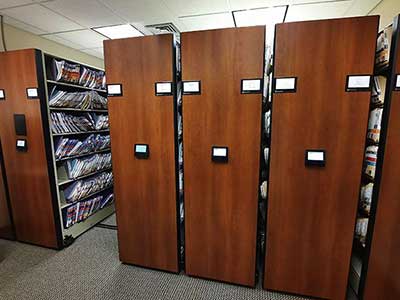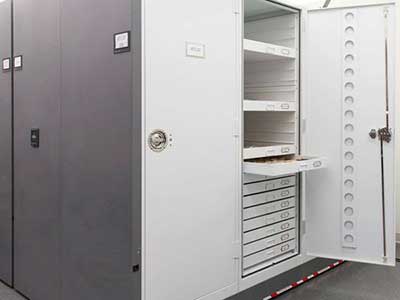5 Steps to Protect Collections From Improper Temperatures
Planning for cold storage preservation in museums
Coolers and freezers are essential components of most museums' risk management strategies, as they provide the best possible preservation environment for film and a variety of other materials. However, cold storage is expensive to build and operate, so it's important to understand the specific needs of the materials in your collections and carefully plan for the move to cold storage.
With the right strategy, you can keep building and operating costs down and make the most of every square inch. Here's how to effectively plan your cold storage space.
1. Assess Collection
It is imperative to identify the needs of all the materials in your collections and sort your items based on their specific needs – cold storage, frozen storage, or typical archival storage.
Examples of items that need to be stored in cool or cold conditions may include photo negatives (glass plate negatives, sheet film, roll film), slides (or any type of transparency), motion picture film and videotape, microfilm and microfiche, X-ray film, photographic prints, and cellulose nitrate film.
Then, measure the amount of space required to store your current items that require cold storage or frozen storage, and add curators' estimates for future space needs.

Download the Cold Storage Planning Guide
Cellulose nitrate film is flammable and has additional fire code requirements in addition to cold storage. Learn more about how to identify cellulose nitrate in our cold storage planning guide.
Download the Cold Storage Planning Guide
Cellulose nitrate film is flammable and has additional fire code requirements in addition to cold storage. Learn more about how to identify cellulose nitrate in our cold storage planning guide.


2. Develop a Usage Policy/Procedure
To effectively track and protect items, create a strategy for how researchers and other users will request access to stored materials, who will be entrusted with access to cold storage areas, where and how materials will be acclimated as they are brought into and out of cold storage, and where and how researchers will be allowed to study materials after they're brought out of storage.
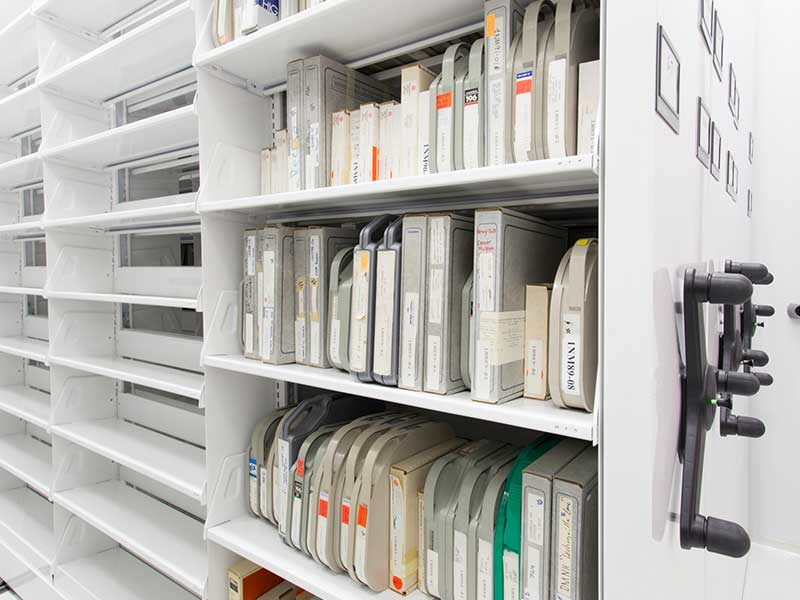
3. Determine Where Items Will Be Stored
Smaller collections can be stored in residential refrigerators or freezers that maintain a constant temperature. Medium-sized collections can be stored on shelving or museum cabinets housed in small walk-in coolers or freezers. Larger collections can be stored in High-Density Mobile Storage systems housed in purpose-built cold rooms and walk-in coolers or freezers.

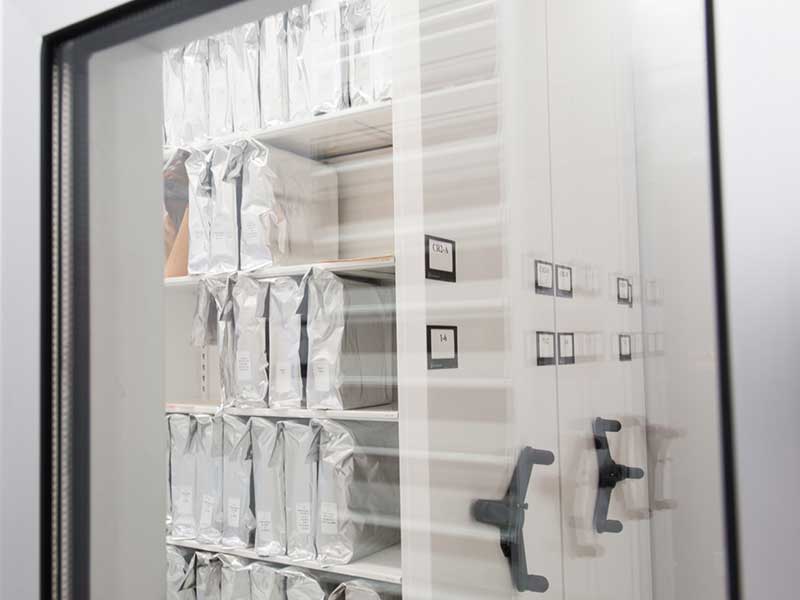
4. Create a Plan for Moving to Cold Storage
Work with reputable partners to coordinate delivery and installation dates and determine who will be responsible for scanning (if desired), cataloging, acclimatizing, and moving items. Determine procedures to monitor temperature and relative humidity and prominently post contract information for vendors in case of equipment malfunction.
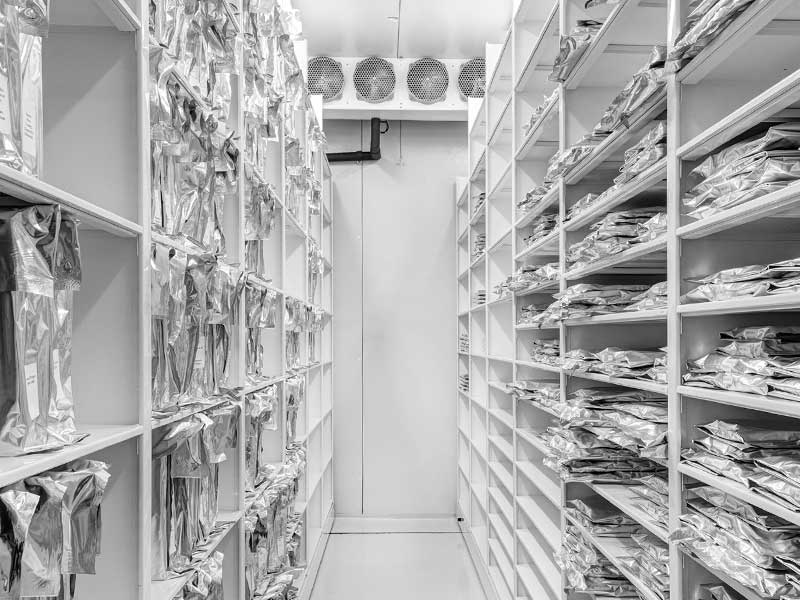
5. Optimize Space Within the Cool Room or Freezer
To avoid wasting space between shelves, you can use High-Density Mobile Shelving to consolidate materials. The more items you can store, the more you'll save, both in initial building costs due to a smaller footprint and in ongoing energy costs as a full cooler or freezer operates more efficiently.

Planning is Key
Although cold storage is expensive, it doesn't have to be out of reach for your institution. Careful preparation and planning can help build a system that creates room for growth and ensures materials are preserved for future generations.

Want to learn more about risk management in museums?
Download the full guide!
Want to learn more about risk management in museums?
Download the full guide!

Related Products
Next Up in Museums
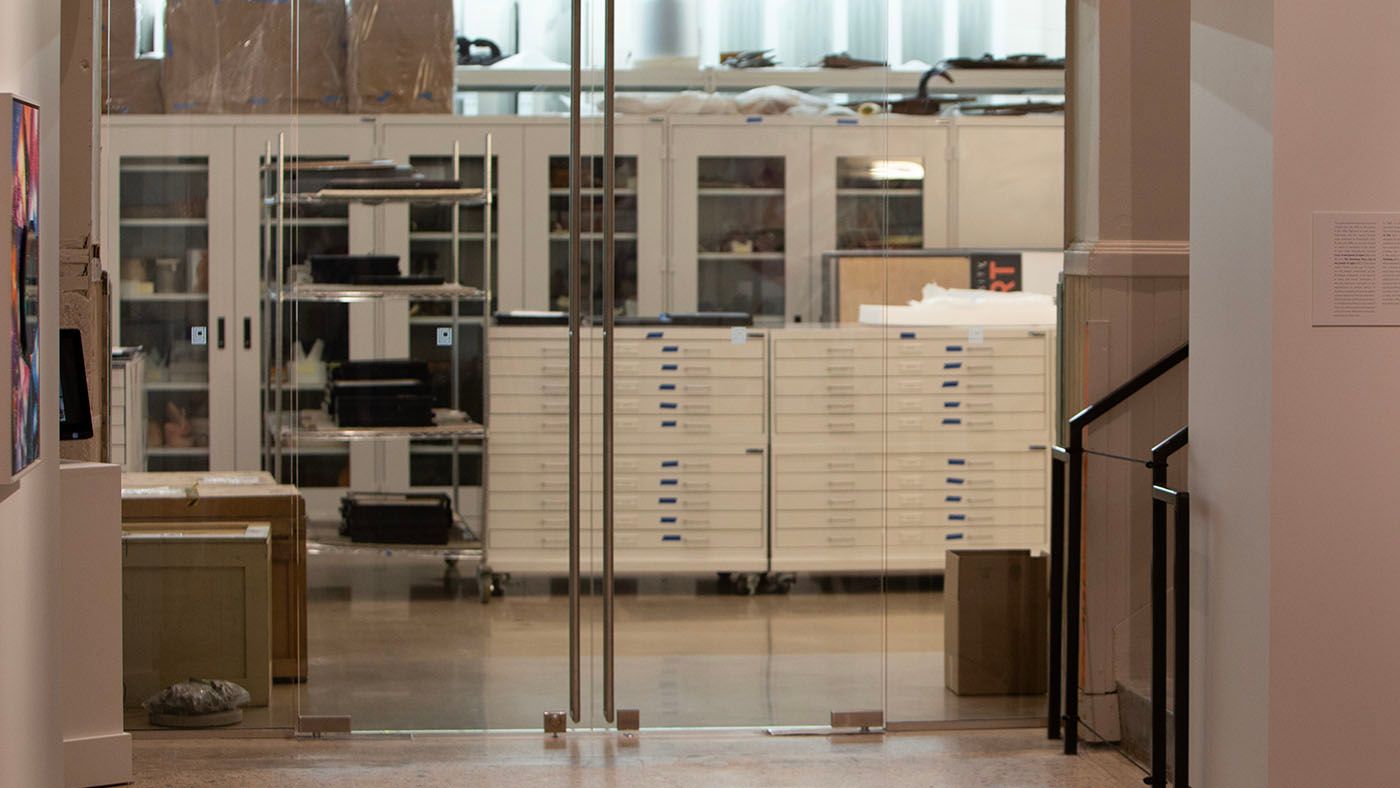
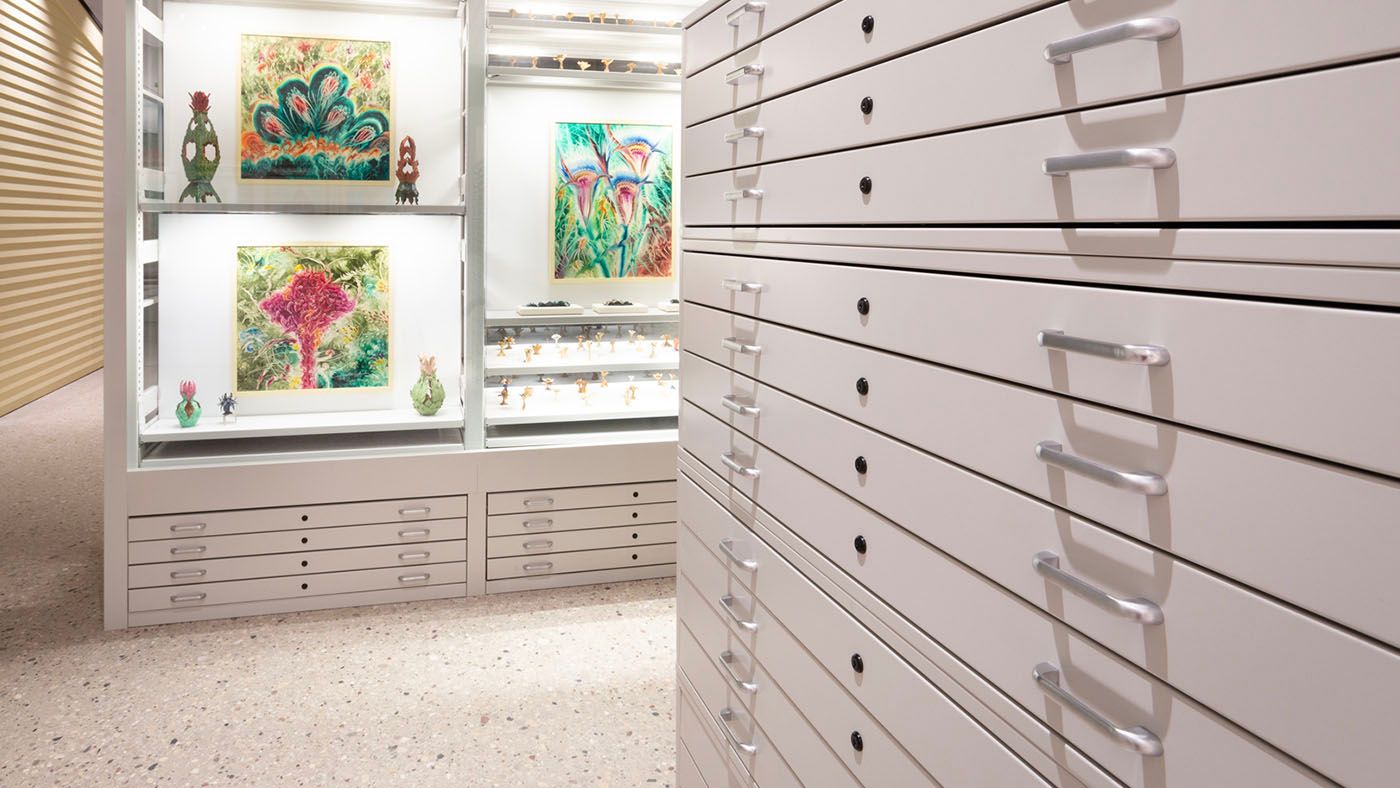
Secure and Preserve Your Art Collections with Premium Museum Storage Cabinets
Read On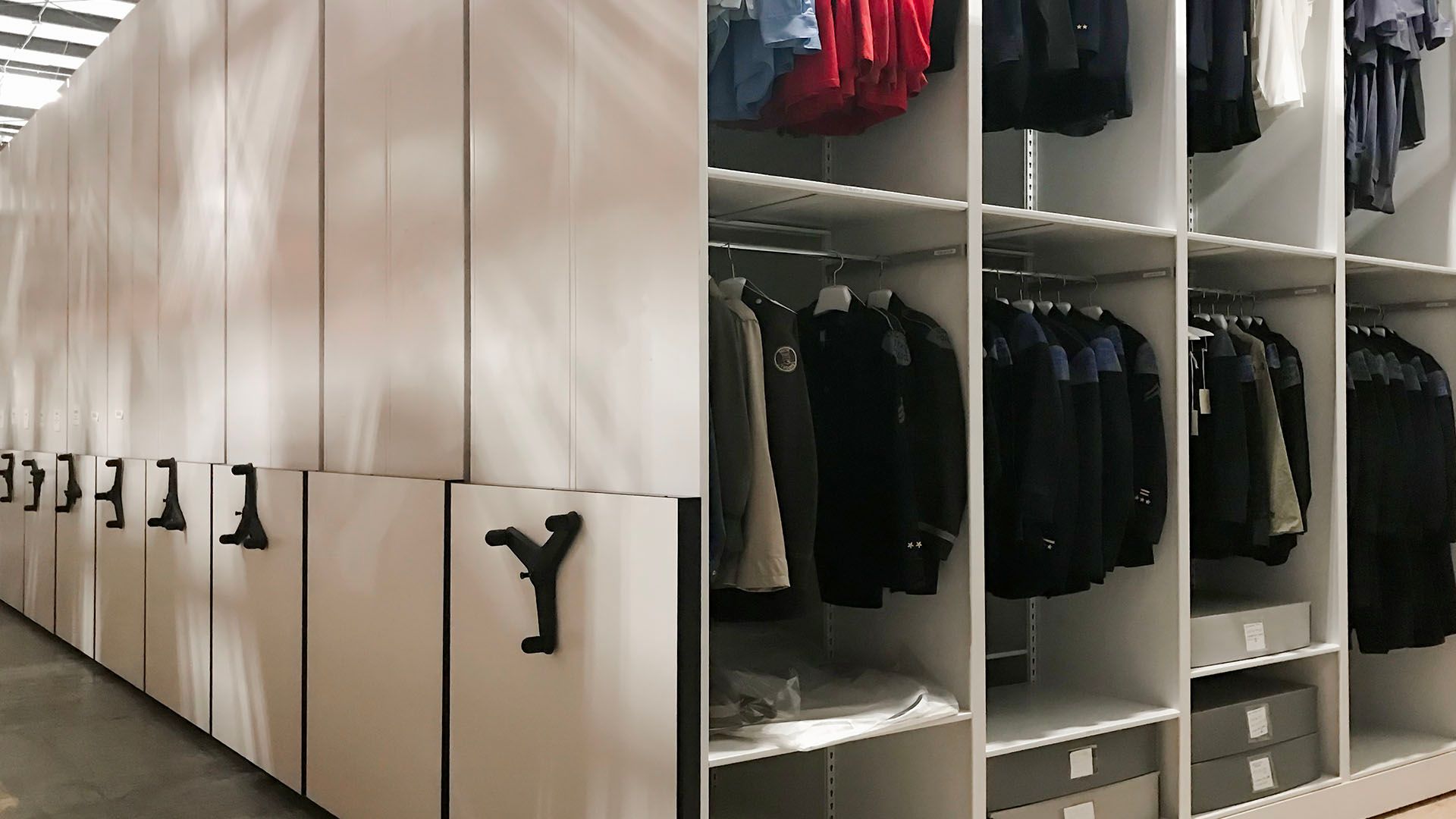
Storage solutions for preserving historical artifacts in limited spaces.
Read On